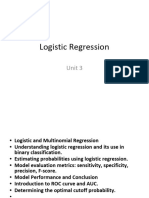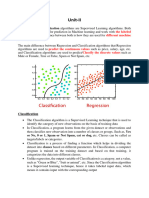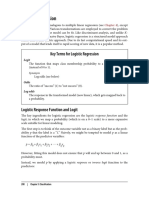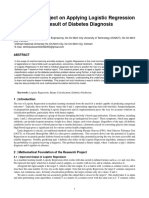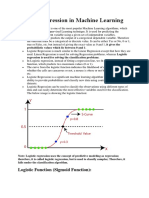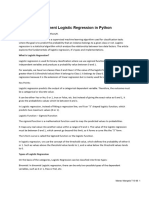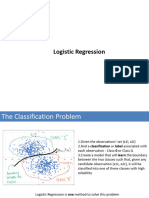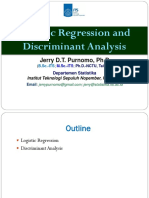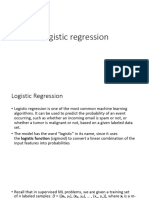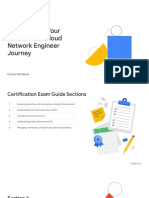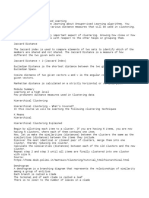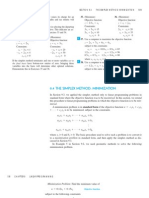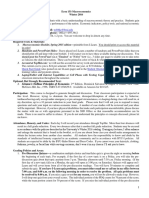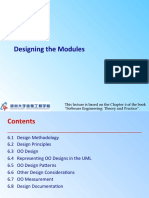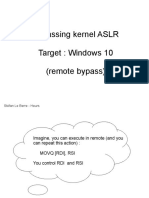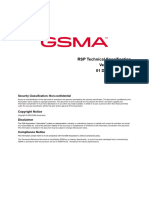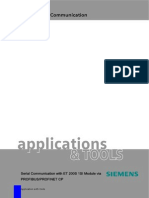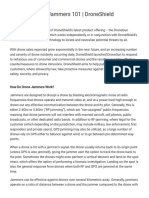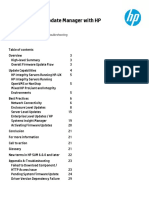0% found this document useful (0 votes)
213 views13 pagesAdvanced Regression with GLMs
- Generalized linear models (GLMs) are used when the assumptions of linear regression are not met, such as when the dependent variable is discrete or count data rather than continuous.
- GLMs link the random component that describes the data distribution to the systematic component of linear predictors using a link function. This allows modeling on the scale of the data while incorporating the known assumptions.
- Logistic regression and Poisson regression are common types of GLMs used for binary and count data respectively.
Uploaded by
Daniel N Sherine FooCopyright
© © All Rights Reserved
We take content rights seriously. If you suspect this is your content, claim it here.
Available Formats
Download as TXT, PDF, TXT or read online on Scribd
0% found this document useful (0 votes)
213 views13 pagesAdvanced Regression with GLMs
- Generalized linear models (GLMs) are used when the assumptions of linear regression are not met, such as when the dependent variable is discrete or count data rather than continuous.
- GLMs link the random component that describes the data distribution to the systematic component of linear predictors using a link function. This allows modeling on the scale of the data while incorporating the known assumptions.
- Logistic regression and Poisson regression are common types of GLMs used for binary and count data respectively.
Uploaded by
Daniel N Sherine FooCopyright
© © All Rights Reserved
We take content rights seriously. If you suspect this is your content, claim it here.
Available Formats
Download as TXT, PDF, TXT or read online on Scribd
/ 13






